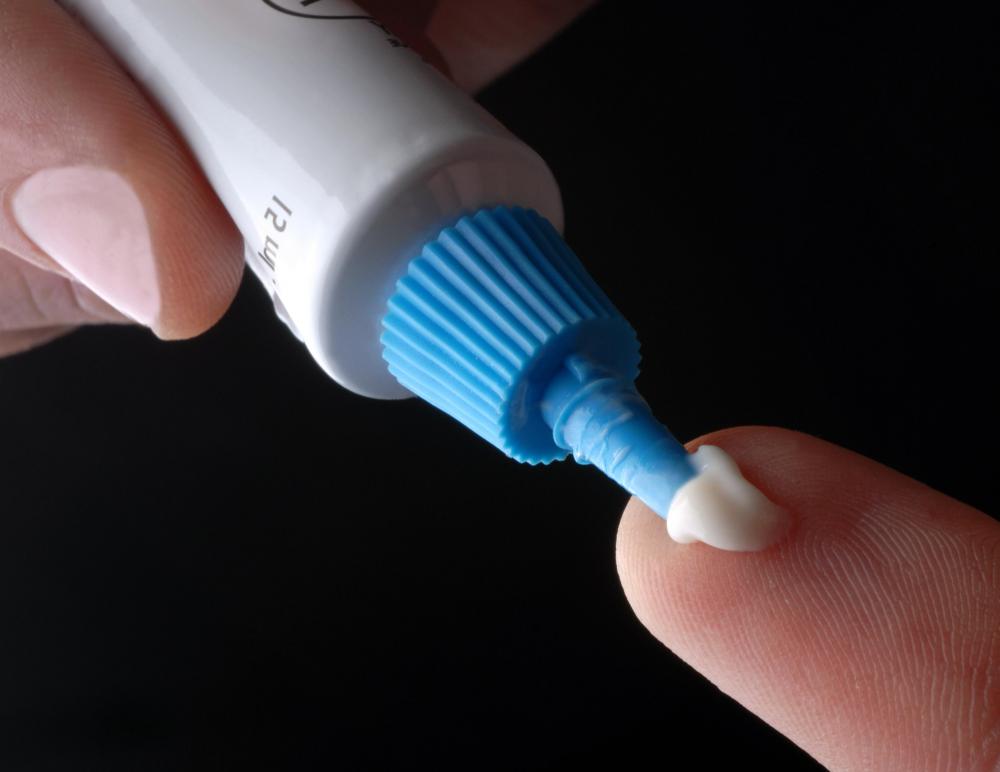At TheHealthBoard, we're committed to delivering accurate, trustworthy information. Our expert-authored content is rigorously fact-checked and sourced from credible authorities. Discover how we uphold the highest standards in providing you with reliable knowledge.
What Is a Turbinate Resection?
Turbinate resection is a type of surgical procedure in which the inferior or middle nasal turbinates are removed. It is also commonly referred to as turbinectomy, turbinoplasty or turbinate reduction. Nasal turbinates, also called conchae, are long, thin bones inside the nose that are responsible for filtering and warming inhaled air. They resemble the interior of a sea shell because of their coiled appearance. Turbinates are lined with mucous membrane.
The inferior turbinate is largest, longest and quite vascular. Inferior turbinates swell the most during nasal congestion and inflammation. Slightly smaller, the middle turbinate protects the sinuses from open air. The superior turbinate is smallest and is situated higher up in the nasal passage. The inferior or middle turbinates are removed during a turbinate resection.

Sometimes the mucosa of the inferior turbinate remains swollen and congested, obstructing the nasal passage and making it difficult to breathe. Turbinates might grow abnormally, protruding and obstructing the nasal airway. This is referred to as bony hypertrophy.
The purpose of a turbinate resection is to reduce the size of the turbinate to allow air to pass through. This can be accomplished with several methods: submucous resection, partial turbinate resection, fracturing and laser vaporization. The middle turbinate is never removed completely.

With a submucous resection, only parts of bone are removed. This method is chosen if the swollen area is directly over a bone. An incision is made into the mucous membrane to remove parts of the bone only. The mucous membrane is sutured. None of the membrane itself is excised.
A thin, lower portion of mucosa is removed with a partial turbinate resection. Sometimes the inferior turbinate is purposely fractured and moved lower, out of the way of breathing. The mucous membrane also can be removed using a laser to cauterize blood vessels.
Complications are possible with turbinate resection. Hemorrhage can occur because of the rich blood supply of the turbinates. Using a topical anesthetic and decongestant will decrease the risk of hemorrhage during surgery.

Avoiding certain medications, such as anticoagulants and over-the-counter pain relievers, also will reduce bleeding. For problems with postoperative bleeding, using a decongestant spray will help. Turbinate resection surgery also can result in nasal dryness and crusts, which typically are reduced with healing. Using a nasal saline mist after surgery will help the nasal passage remain moist.

Other possible complications include atrophic rhinitis, cerebrospinal fluid leak, bone necrosis, infection and numbness. It is essential for patients to follow the physician's instructions and report any cases of diarrhea, a fever of 101 degrees Fahrenheit (38.3 degrees Celsius) or higher, clear watery drainage, persistent bleeding or a severe headache. Vision problems also are possible and should be reported to a doctor.
AS FEATURED ON:
AS FEATURED ON:

















Discussion Comments
I'd like to ask someone please what can my son do? He had a turbinate reduction only because the surgeon suggested it along with a septoplasty.
It seems he had a complication he wasn't made aware of, and that was infection and the bone dying for four months. He washed his nose to try and rid it of the stink.
Another surgeon diagnosed that it was naked, exposed, unhealed bone with infection and he had to undergo more surgery.
Now, four weeks later, after three weeks on penicillin and having stopped four days ago, the smell is back and it's blocked.
Please, can anyone help me to help him? His surgeon doesn't get back until next week. My son blew out a green plug shaped bung a few days ago too, and he has a throbbing painful big toe, which he thinks is spreading because of the infection.
He won't see a doctor but asks me to tell him he'll be all right. I'm at my wits' end. Please help.
Post your comments